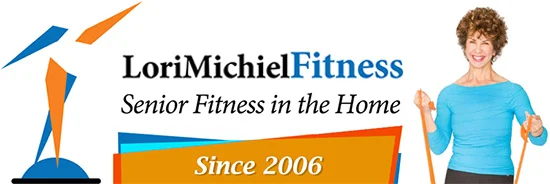An effective trainer wears many hats — friend, teacher, motivator and disciplinarian. Does your trainer meet these criteria?
Last month you read about modifications and equipment to consider before venturing into a exercise class you have never tried before. Here are a few more considerations before you start. Click here to read Part I.
General exercise modifications:
Lengthen the warm-up. It helps to prepare the body for more vigorous activity. Increased blood flow to the muscles will also help reduce the risk of injury and sudden stress on the cardiovascular system.
Individuals with chronic back or knee conditions or in recovery from joint replacement will probably benefit from water-based classes. The Arthritis Foundation can give you suggestions where classes are held in your neighborhood, click here to check out future classes in your area or contact us for individual instruction. There is less impact on the joints and more stability in the water if performed with supervision. If you choose a land-based exercise “out of the water“, I also give Arthritis Foundation classes at local assisted living communities, some of which are open to the public. Click here to find the next class near you.
It’s best if more sedentary participants engage in moderate exercise for 30 minutes a day on most days of the week. It can also be broken down into two 15-minute sessions or three 10-minute sessions daily, if preferred.
Wear well-fitted shoes and socks, especially if you have feet-related issues or may be prone to neuropathy (numbness or lack of feeling in the lower extremities) due to diabetes.
Pay attention to knee lifts or squats that are performed higher/lower than the hips, or any movements, such as raising weights above your head if you have heart-related, cardiac or shoulder issues.
Any movements that cross the body’s center such as grapevine steps (cross-overs) are not recommended if a hip condition is present or you have had hip replacement surgery, especially in the last six to nine months.
Research shows that weight-bearing exercises can be beneficial to those with osteoporosis. “Even if your clients are not physically active because of health or other problems, you can still have them put weight on their bones. Studies have shown that a program of regular weight-bearing exercise can stop and even reduce bone loss of osteoporosis by stimulating the formation of new bone cells.” (Michaels & Gordon, 2007)
What will you need in order to maintain your activities of daily living? That need may change depending on your health status, chronic condition or progressively deteriorating condition.
Strength training can help you maintain your activities as your health needs change. When modifying any exercise, these rules should be considered:
- Decrease resistance and concentrate on range of motion. For example, perform the exercise without weights first, you can always add later.
- Add support. For example, perform the exercise with a partner or next to a wall. If using a stability ball, place it on a step riser (from a step bench) to minimize sway.
Many older adults (and many young adults) have poor posture due to age-related conditions and repetitive motion such as texting. Some have undetected compression or wedge fractures (bones collapse often caused by osteoporosis or other spinal conditions) of the vertebrae. This causes a postural shift. For those experiencing these conditions, it is important to include specific exercises for the back using modifications.
Check back with us each month for more tips you can use so you don’t get injured. In the meantime, contact us for private training, balance program design, diabetes training or presentations for your organization. Visit our website at www.lorimichielfitness.com or contact us via email or call 818-620-1442. We see fitness differently!
